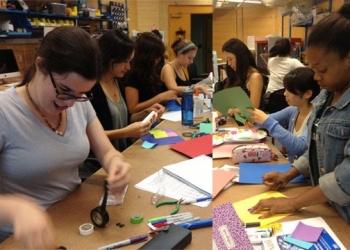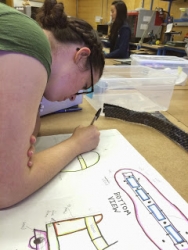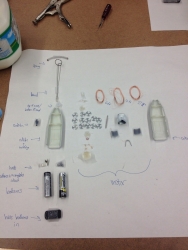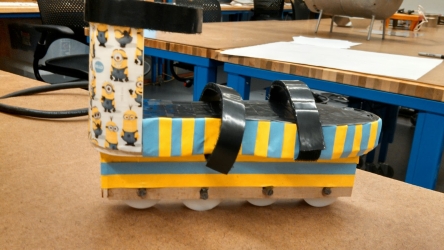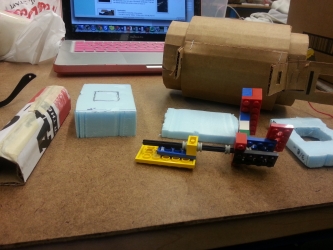ENGR111 Product Creation for All is a seminar for first-year students and upperclasswomxn that explores how products are designed and created, introducing the product development process, creativity methods, human factors considerations, and ideation. Students engage in reverse engineering as well as creation of simple product prototypes for specific, local nonprofit organizations; the current partner is Community Rowing, Inc. in Brighton, MA, for which students develop devices that help rowers with physical limitations to be more independent and capable.
By the end of the course, the students should meet the following objectives:
-
Understand that creativity is a habit of mind that can be practiced, and have done so
-
Use basic engineering design processes and tools to construct sketch models and physical prototypes
-
Engage in reverse engineering product disassembly, including identifying common materials and manufacturing methods
-
Understand and apply fundamental methods of human factors engineering
-
Determine and specify customer needs effectively and respectfully
-
Design and build simple prototypes in collaboration with local stakeholders
Recent semester of the course's website.
Sample in-class exercise in which students learn reverse engineering, cost estimation, manufacturing techniques, assembly techniques, mechanism design, product analysis, tolerancing, and tool use.
For each device (your personal Ikea frother and shared higher-end frother), document the following with words and pictures. You will be blogging individually about your findings.
1. Test the device using the materials provided in class.
2. Describe its function. Discuss how well (or poorly) it fulfills its task.
3. What affordances, mapping, and feedback, as described by Norman, can you identify?
4. What are the strengths of this product? What are the weaknesses?
5. Carefully disassemble the device, noting the remaining steps before you begin.
6. Lay out all the parts on a piece of paper, and tape them down, trying to maintain as much as possible the orientation of each part within the device. Label each part so that you can refer to it in your spreadsheet.
7. Create a spreadsheet with the following information:
a. Give the part a short, descriptive name
b. Describe its function
c. Identify what other parts it connects to and how the interface is made
d. Make a best guess at the material (if you don’t know, that’s ok, we’ll explore this more later on in the class)
e. Make a best guess at how the part was manufactured (if you don’t know, that’s ok, we’ll explore this more later on in the class)
f. Make a best guess at the cost of that individual part (the price of the device is at least 4x higher than the total of all the parts and probably closer to 10x higher)
8. What have you learned through disassembly of this device?
Now, compare the Ikea device to the more expensive devices. How can you explain the difference in price? If you were in the market for a milk frother, which would you buy?
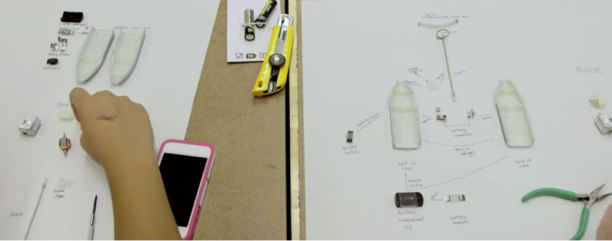
Final Projects with Community Rowing, Inc.
Students develop projects with the adaptive rowing program at Community Rowing, Inc. in Brighton, which helps community members with physical and mental limitations participate in rowing, with benefits ranging from physical well-being to empowerment. Through this connection, students learn engineering design principles and practices including the product development process, working with real clients with real needs, best practices for soliciting information and feedback from these clients, project identification, prototyping techniques, the need for iteration, project planning, project documentation, and human factors engineering.
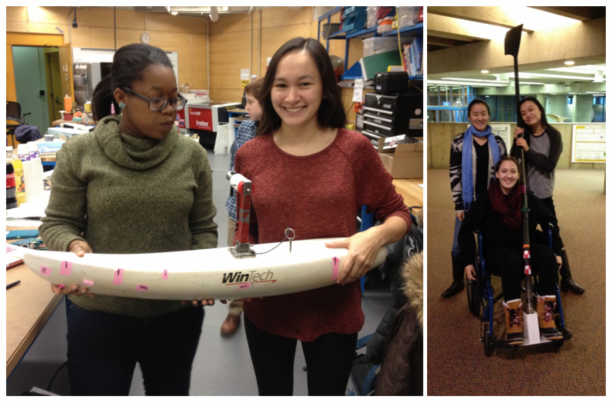
Final projects: oar holder for wheelchairs to improve rower independence getting from boathouse to dock and rotation device for pontoons used in adaptive rowing to improve ease of use for rowers and coaches.

First encounter at Community Rowing: learning how to row; getting more details about rowing equipment and project possibilities; getting feedback from coaches and rowers on initial project prototypes.

